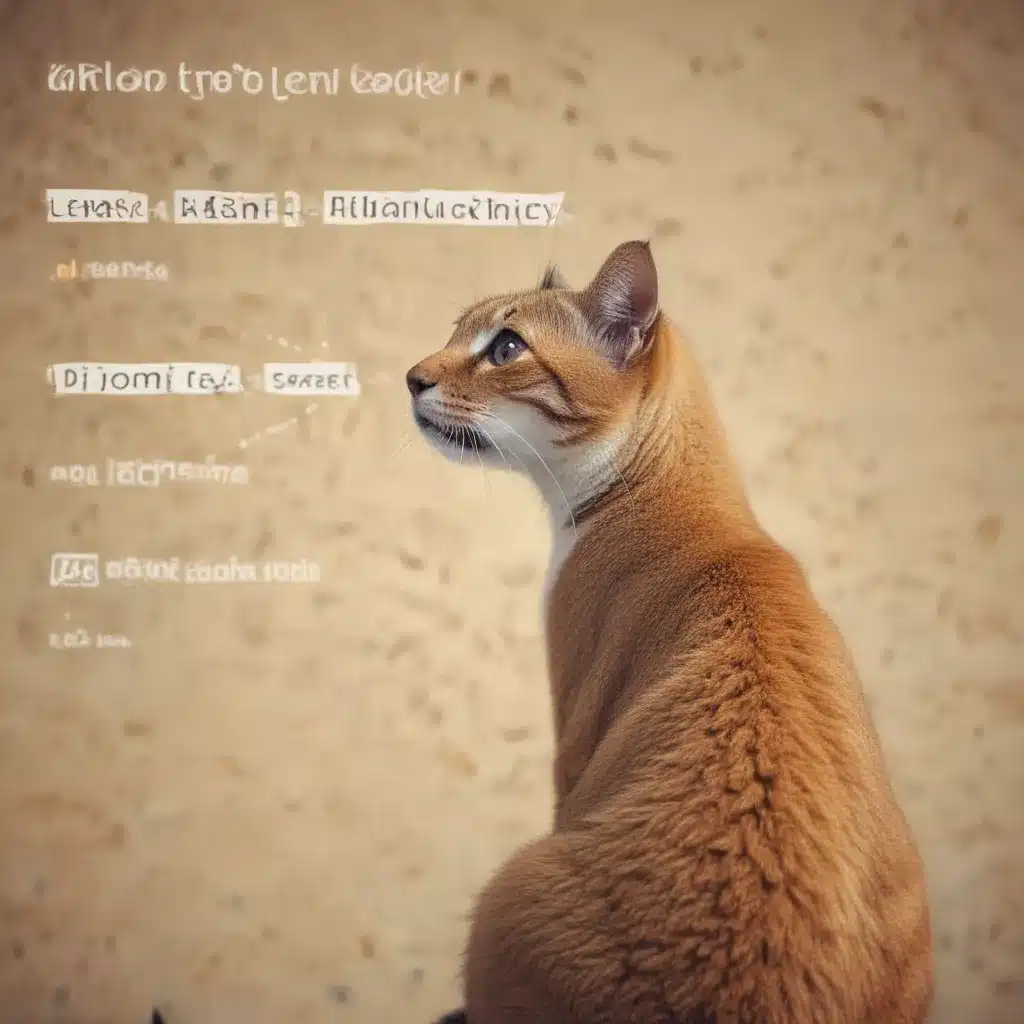
Goodbye, Long Tail Keywords – Hello Semantic Search
In the ever-evolving landscape of digital marketing, one thing has become abundantly clear – the days of relying solely on long-tail keywords are long gone. As the search engine algorithms become increasingly sophisticated, businesses must adapt and embrace a new approach to optimize their online presence. Welcome to the world of semantic search, where context reigns supreme and the hunt for the perfect keyword phrase has taken an unexpected turn.
The Rise and Fall of Long-Tail Keywords
Cast your mind back to the early days of the internet, when the online world was akin to the Wild West. Back then, the key to ranking high on search engines was simple: stuff as many of the same keywords onto a page as possible. Quantity over quality, that was the mantra. Businesses would churn out content, each page a veritable keyword minefield, all in the hopes of capturing the attention of Google’s algorithms.
But as we all know, those days are long gone. Google, in its infinite wisdom, quickly caught on to this nefarious tactic and set about making some much-needed changes. Goodbye, keyword stuffing. Hello, semantic search.
The Birth of Semantic Search
The introduction of latent semantic indexing, or LSI, marked a pivotal moment in the evolution of search engine optimization. Google’s algorithms had evolved, and they were now able to discern the contextual relevance of a page, rather than just the frequency of specific keywords.
Businesses that had once thrived on the back of their long-tail keyword strategies suddenly found themselves struggling to keep up. After all, when everyone is trying to target the same high-volume keywords, how can you possibly stand out?
Mastering the Art of Semantic Search
To succeed in this new era of semantic search, businesses must shift their mindset. It’s no longer about finding the perfect keyword phrase and shoehorning it into every nook and cranny of your content. Instead, the focus must be on providing the most relevant and valuable information to your audience.
But how, you ask, can we possibly achieve this? Fear not, my friends, for I have the answer.
Latent semantic indexing is the key to unlocking the secrets of semantic search. By understanding how LSI works, you can craft content that not only satisfies the search engine’s algorithms but also resonates with your target audience.
The Power of Contextual Relevance
At its core, latent semantic indexing is all about understanding the relationships between keywords. It’s not just about finding synonyms or related terms; it’s about identifying the broader context in which those words are used.
Imagine you’re searching for “smart home” on Google. Sure, you might find a bunch of pages that mention “smart home” over and over again, but that’s not what you’re really looking for, is it? No, what you want is a comprehensive range of listings, from products to reviews and features – a true one-stop-shop for all your smart home needs.
That’s where LSI comes into play. Google’s algorithms are able to interpret your search intent and provide you with a curated selection of results that are directly relevant to your query. It’s not just about the keywords; it’s about the big picture, the overarching context that ties it all together.
The Long-Tail Conundrum
Now, you might be thinking, “But what about long-tail keywords? Aren’t they still important?” And you’d be absolutely right. Long-tail keywords are still a valuable tool in the SEO arsenal, but they need to be used in a more strategic manner.
Think of long-tail keywords as the building blocks of semantic search. By incorporating them into your content in a way that reflects the broader context of your topic, you can create a more cohesive and relevant user experience.
Instead of simply targeting the most popular long-tail keywords in your industry, focus on understanding the search intent behind them. What are your potential customers really looking for when they type in those queries? By addressing their specific needs and pain points, you can craft content that is truly valuable and, in turn, more likely to rank higher in the search results.
Embracing the Future of SEO
As we move forward in this digital age, it’s clear that the future of SEO lies in semantic search. Businesses that are able to adapt and embrace this new paradigm will be the ones that come out on top, leaving their long-tail keyword-reliant competitors in the dust.
So, what are you waiting for? Head over to https://mcrseo.org and let’s work together to elevate your digital presence to new heights. The future of search is here, and it’s time to seize the opportunity.



























